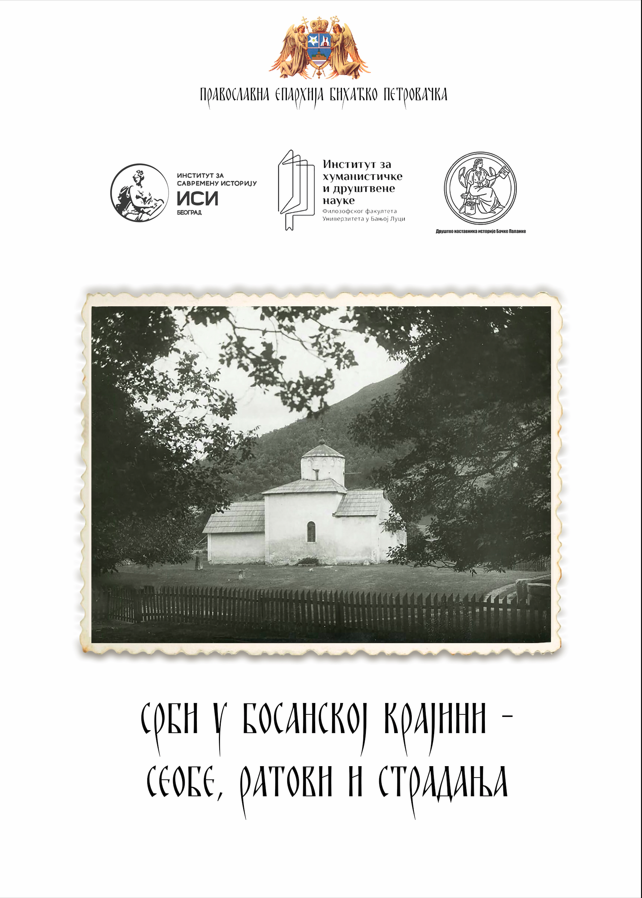THE FAMINE YEARS IN BOSNIAN KRAJINA 1914−1918
DOI:
https://doi.org/10.63356/978-99997-40-02-9_006Keywords:
Bosnian Krajina, Bosnia and Herzegovina, World War I, famine, poverty, refugeesAbstract
The beginning of the Austro-Hungarian aggression against the Kingdom of Serbia in the summer of 1914 marked the acquiring of a series of political and economic measures by the Austrian-Hungarian authorities, which were aimed at ensuring peace and order behind the front, enabling unhindered supply of the army at the front, maintaining a high level of public support for the war operations, and preventing or sanctioning any kind of public support for the enemy. The territory of Bosnia and Herzegovina represented a human and raw material base for waging a long and exhausting war. War devastation, military mobilization of the part of the population being able to work, and a large number of refugees left villages and cities without sufficient labour, so women and children were forced to replace men in industry or in agricultural work. During the war, a lot of foundations, trusts, and societies were established in Bosnia and Herzegovina with the aim of collecting aid for the families of the wounded or killed Austrian-Hungarian soldiers, and by participating in these actions, citizens were required to prove their political loyalty. The authorities were not entirely satisfied with the involvement of the Serbs in humanitarian actions aimed at helping the army at the front, noting that the Serbian population sympathized with the enemy. During the war, the most vulnerable groups were hit hardest by hunger, especially children. During 1918, a large-scale campaign was organized to transport vulnerable children from Bosnia and Herzegovina to the parts of Austria-Hungary that did not have any problems with food shortages. It was not uncommon for individual foster families without children to adopt refugee children, in advance of their parents or guardians.
Downloads
Published
Issue
Section
License

This work is licensed under a Creative Commons Attribution-NonCommercial 4.0 International License.


